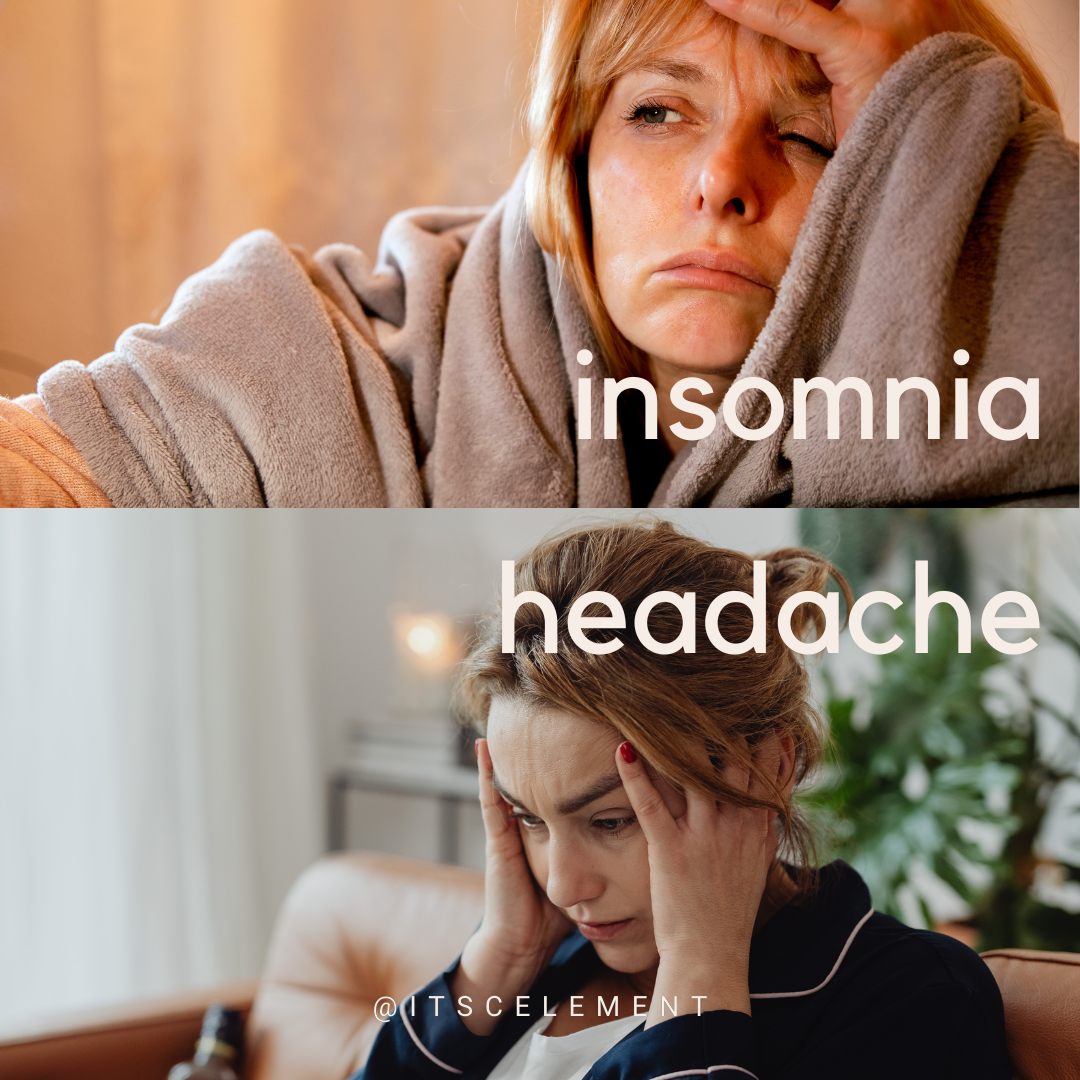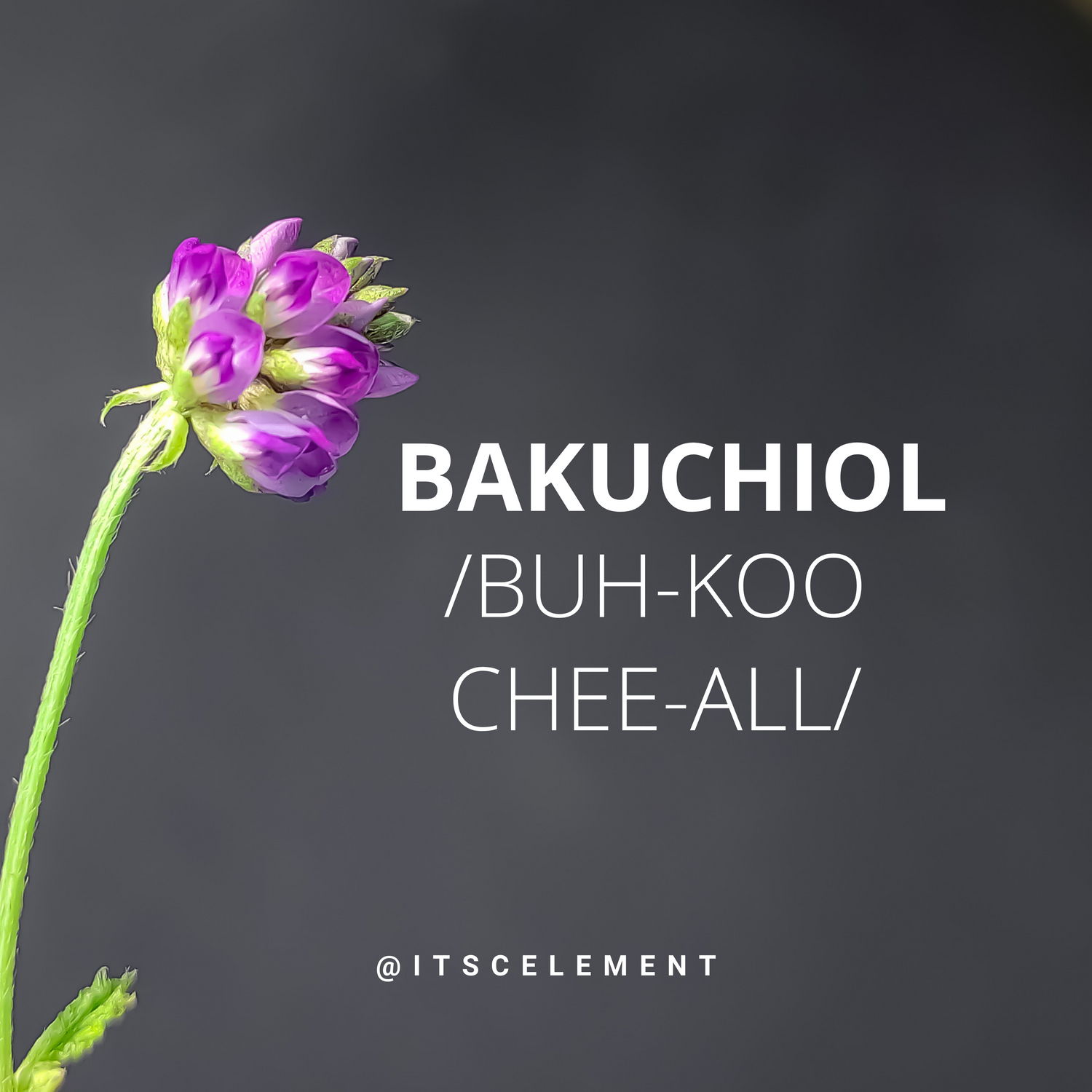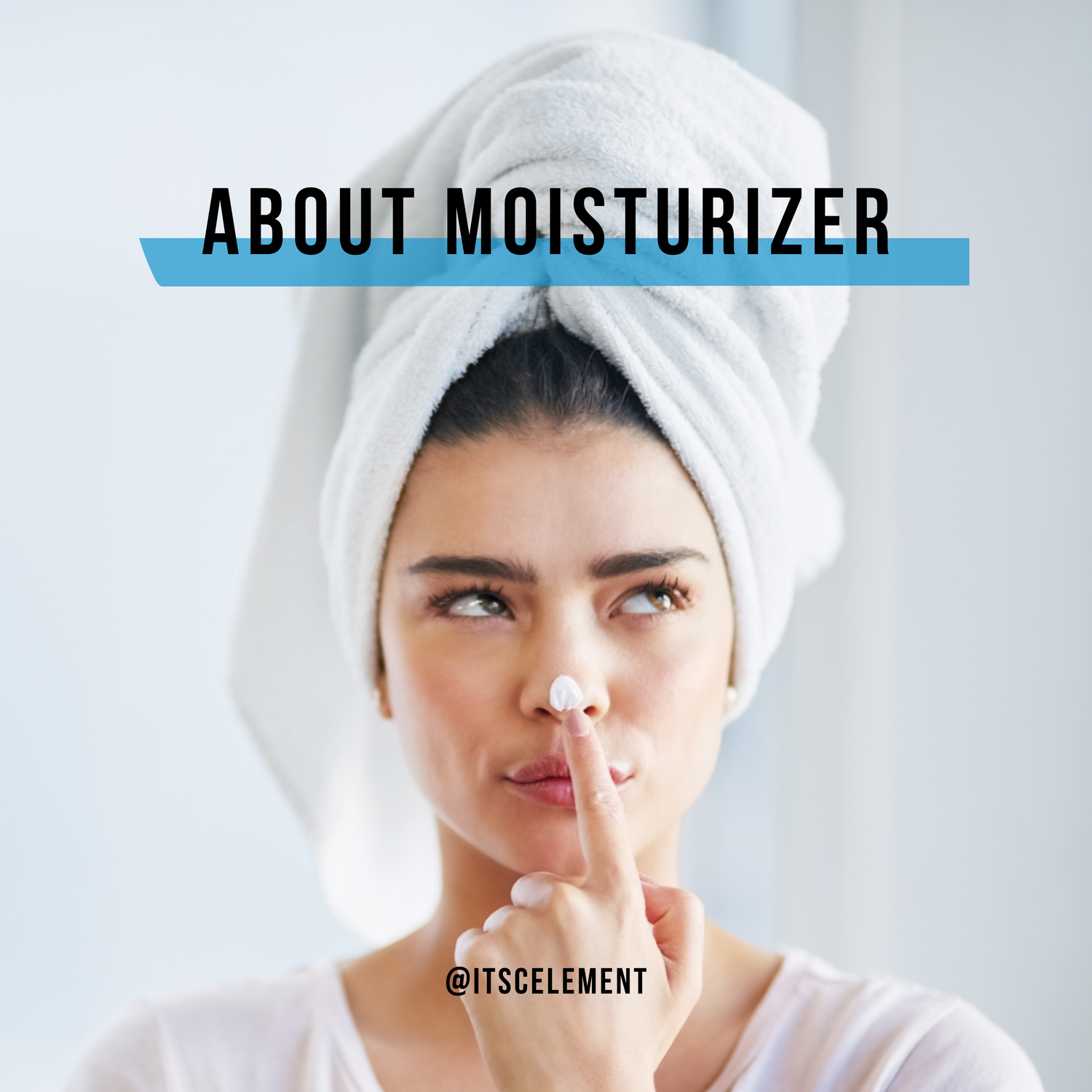What Is Moisturizer?
A moisturizer is a topical treatment that reduces the symptoms of dry skin and makes rough skin feel smoother.
Key role of moisturizers are to trap water and prevent water evaporating from your skin.
Depending on the formula, moisturizers also repair the skin barrier, delivers anti-aging and/or anti-inflammatory ingredients, and alleviates discomfort from certain skin conditions such as dermatitis and eczema.
In terms of texture, most moisturizers are emulsions of oil and water, giving them the consistency of a cream or lotion. However, formulas with a higher concentration of water will feel more like gels (and are often oil-free), while formulas with lots of oil will tend tend to be thicker, richer balms.
What Does Moisturizer Do to Your Skin?
1. Replenishes Water Content
When moisture is lacking, the outermost layer of your skin becomes dry, tight and prone to cracking/flaking. Certain ingredients called humectants can address this by pulling in and holding onto water. They need to be used along with the other components in order to retain the water content.
2. Prevents Water Loss
To prevent the evaporation of water from your skin into the atmosphere, occlusives are used along with humectants. These are ingredients that form a protective barrier on your skin to stop moisture loss. Occlusives don't deliver any hydration unlike humectants but they seal the water in your skin.
3. Repairs the Skin Barrier
Barrier-repairing ingredients treat the underlying cause of dryness—a damaged skin barrier—by replicating the natural balance of lipids found in healthy skin. Healthy skin is made up of the correct balance of three key lipids, cholesterol, ceramides and free fatty which are skin's natural protectants in a ratio of 1:1:1. These substances repair the skin barrier by sealing up the cracks between skin cells.
What Does Moisturizer Have Inside?
1. Water
Most of moisturizers are emulsions of oil and water, giving them the consistency of a cream or lotion. Moisturizers with higher concentration of water will feel more like gels (and are often oil-free), bring cooling sensation while moisturizers with lots of oil will tend to be thicker, richer balms.
2. Humectants
Humectants attract water from both the air and help hydrate your skin. Examples of humectants are glycerin, hyaluronic acid, sodium hyaluronate, aloe, panthenol, honey, gluconolactone, propylene glycol, urea and alpha-hydroxy acids.
3. Occlusives
Humectants can attract water but can’t secure the water, so occlusives form a protective barrier that prevents moisture loss. Examples of occlusives are jojoba oil, coconut oil, shea butter, fatty alcohols, lanolin, beeswax and lecithin.
4. Barrier-Repairing Ingredients
Natural skin protectants including ceramides, cholesterol and fatty acids are often included in moisturizers to repair skin barrier. Most moisturizers contain fatty acids, but if you have particularly dry or sensitive skin, you'll get the best results from products with all three barrier-repairing ingredients.
5. Preservative System
Without preservatives, moisturizers can be contaminated by bacteria and mold. If you're looking to avoid parabens and phenoxyethanols because of sensitive skin, there are mild and/or natural derivatives options such as sodium benzoate, potassium sorbate, leuconostoc/radish root ferment filtrate, gluconolactone, caprylyl glycol, ethylhexylgycerin and pentylene glycol.
How to use moisturizers?
1. Wash your face with lukewarm water to prepare your skin. Double cleansing is recommended at night, especially if you wear makeups/sunscreen whereas single cleansing with gentle cleansers is good enough in the morning.
2. If you want to use essences and/or serums, ampoules, you can apply them right after cleansing. Don’t have to use too many products simultaneously, because they won’t be fully absorbed, and they may be used at the different pH levels.
3. If you want to apply eye cream, you can use it right before moisturizer.
4. Apply an almond-sized amount of moisturizer (may be different depending on the textures and skin types) and spread it evenly around your face with your fingertips.
5. Can apply facial oil and lip balm for further moisturizing effect.



